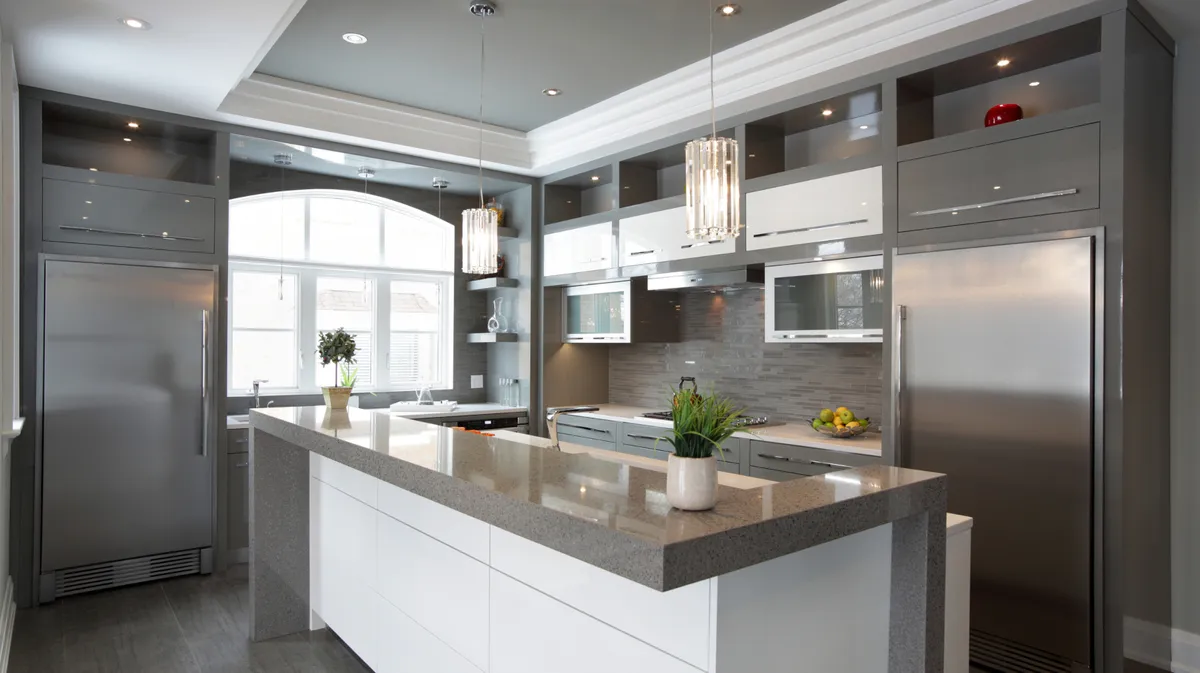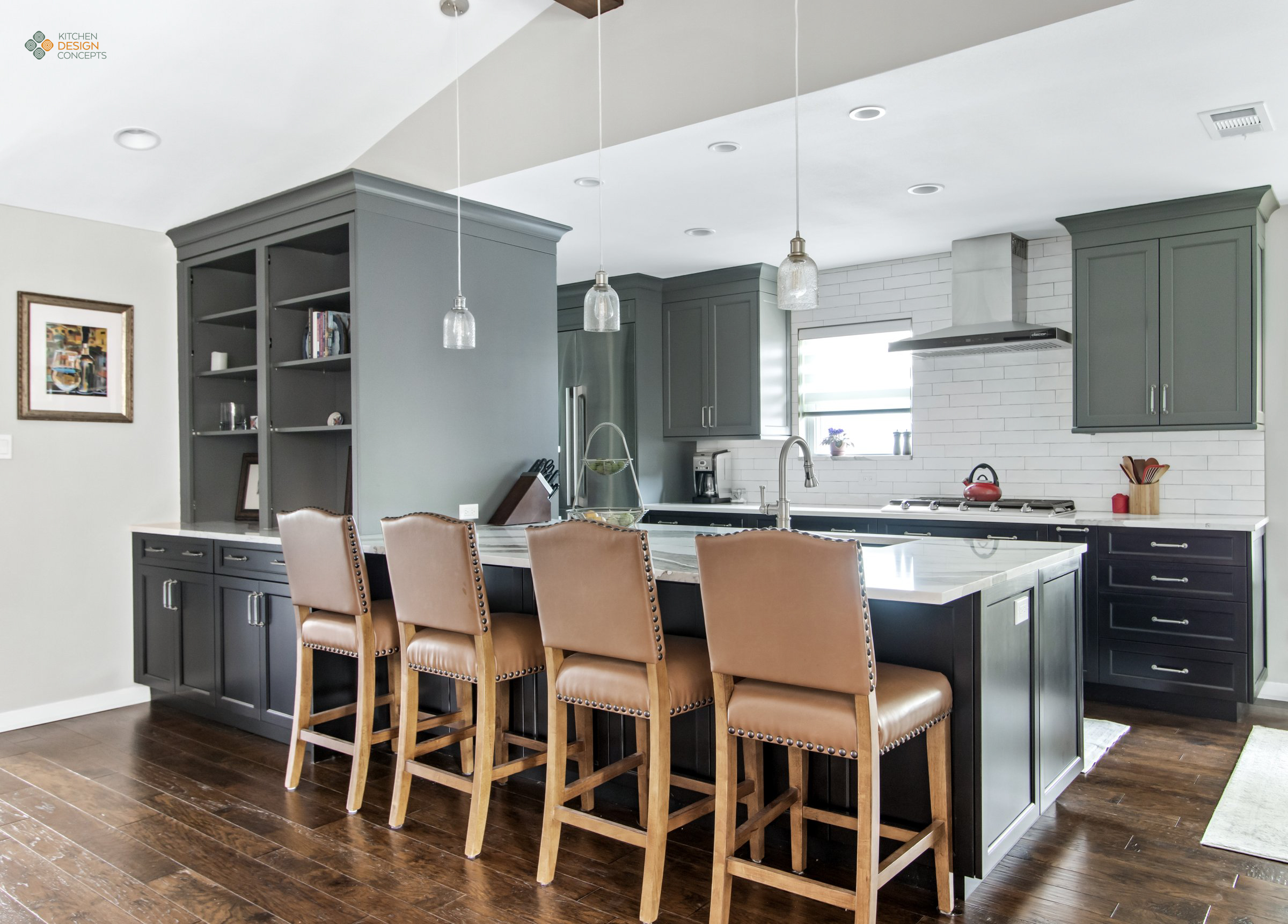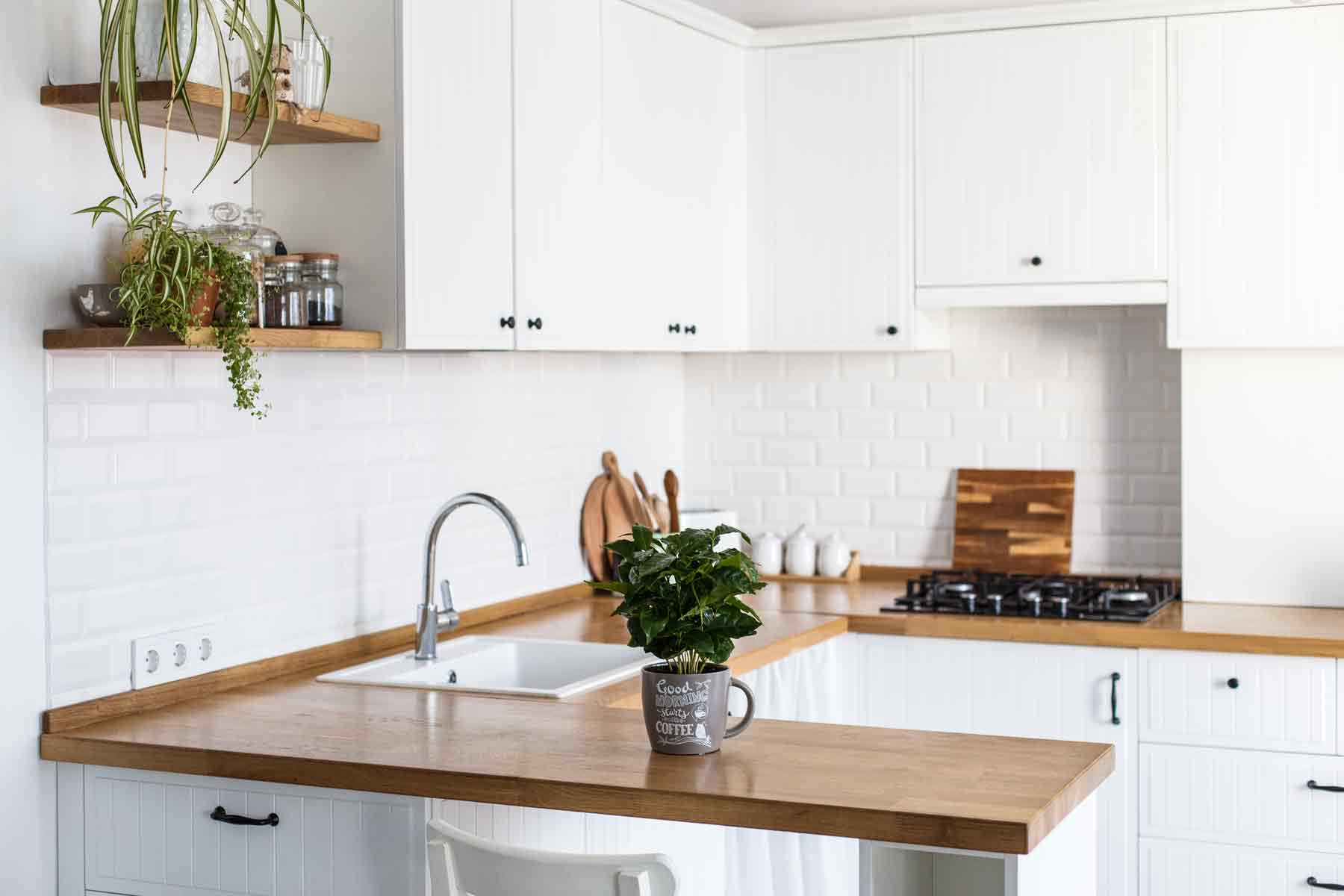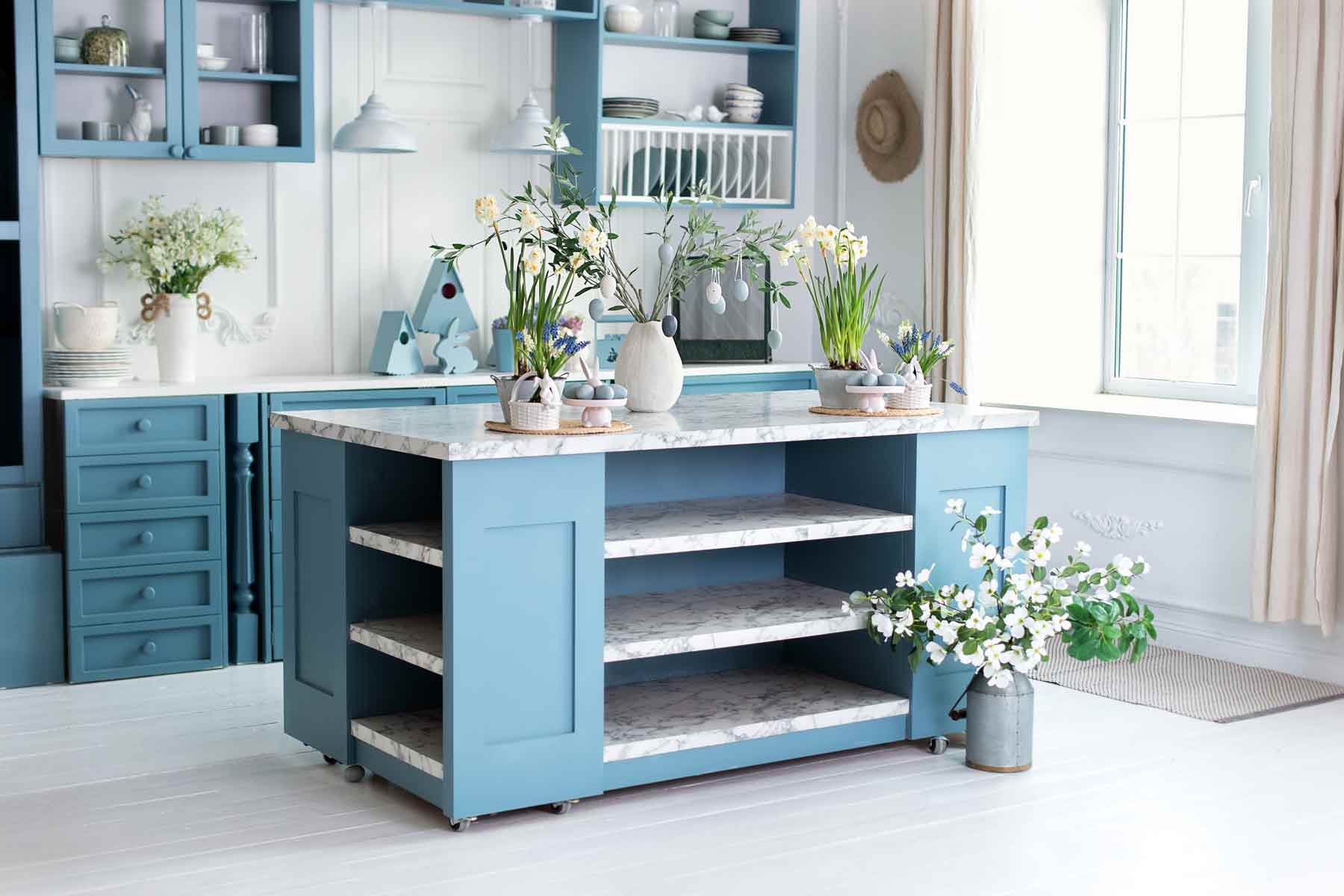10 Insider Secrets Pros Don’t Tell You About Kitchen Remodeling!
Share
1. Cabinet Quality Isn’t Always What It Seems – Learn to Spot the “Box Store Scam”
Most big-box retailers and even some custom cabinet shops sell cabinets labeled as “solid wood” or “premium,” but that often just means the door fronts are solid wood—not the box, not the shelving, and certainly not the drawer construction. The rest is often MDF or particle board, which sags and deteriorates faster, especially in humid kitchens.
Pro Secret:
Look behind the label. Check for plywood cabinet boxes, dovetail drawers, and full-extension soft-close hardware. The industry upcharges heavily for these upgrades when, in reality, they don’t cost that much more to produce. Many remodelers cut corners here because homeowners don’t know how to check.

2. Your Existing Layout Is Usually Fine – But Contractors Don’t Want You to Know That
Many contractors immediately suggest reconfiguring your kitchen layout, citing “better flow” or “more modern efficiency.” But major layout changes require moving plumbing, gas, and electrical—which massively inflates the cost.
Pro Secret:
Unless your current layout is completely dysfunctional, it’s far more cost-effective to keep major components like the sink, oven, and fridge where they are. A smart designer can refresh the entire look and add storage without changing your entire floor plan.
3. Lighting Is More Important Than Backsplash – But Less Talked About
Design blogs and Pinterest boards obsess over backsplashes, but professionals know that lighting can make or break a kitchen remodel. Unfortunately, lighting upgrades rarely get their spotlight in sales pitches because they don’t look sexy in renderings.
Pro Secret:
Install layered lighting: ambient (recessed or central), task (under-cabinet), and accent (pendants or toe-kick LEDs). Also, ask for dedicated circuits for key areas so you can control them separately. Proper lighting will make a $15,000 kitchen look like a $50,000 kitchen.

4. Most Bids Don’t Include Permits or Unexpected Costs – That’s on Purpose
Many contractors give you a “starting bid” that doesn’t include structural work, permits, asbestos mitigation, or even electrical panel upgrades. They often wait until demo to reveal these “discoveries,” which force you into a corner and inflate your costs.
Pro Secret:
Ask for a line-item estimate and demand transparency around possible contingencies. Also ask if their quote includes permit pulling, inspections, and code upgrades. Otherwise, you could be stuck with surprise costs that balloon your budget 30–40%.
5. Appliance Dimensions Can Derail a Remodel Fast
Even experienced contractors occasionally forget to measure for appliance doors opening fully—especially fridges and dishwashers. This results in frustrating last-minute changes, expensive fillers, or worse: appliances that don’t fit.
Pro Secret:
Buy appliances first, and get the specs before the design is finalized. Ensure there’s enough clearance for doors to swing, drawers to open, and airflow for built-ins. Professional kitchen designers always do this first—but it’s often skipped in DIY or budget jobs.

6. Quartz Isn’t Maintenance-Free – And Natural Stone Isn’t Always High-Maintenance
Quartz is marketed as the “worry-free” countertop, but most quartz can stain, especially with turmeric, red wine, and certain citrus acids. Meanwhile, many sealed granites or high-density soap stones can be just as durable without the man-made look.
Pro Secret:
Ask your contractor or supplier for porosity and stain resistance data, not just “lifestyle suggestions.” They won't always offer this unless you ask. Also, some quartz manufacturers don’t cover heat damage under warranty—read the fine print.
7. Contractors Prioritize Speed Over Dust Control – You Need to Push for It
Unless you push for it, most remodeling crews won’t go above the bare minimum for keeping dust from spreading into the rest of your house.
Pro Secret:
Insist on zip-wall systems, air scrubbers, and negative airflow systems if you're staying in your home during the remodel. Professional renovators use these on high-end projects but may skip them on mid-range jobs to save time

8. Most Storage Upgrades Are Dirt-Cheap to Add – If You Ask During Cabinet Design
Pull-out trays, spice racks, trash pull-outs, and soft-close drawers are often only $50–$200 more per cabinet at the manufacturing stage—but cost three to four times more if added post-installation.
Pro Secret:
Push for full cabinet customization during the design stage. Make a list of must-have upgrades and ask your builder if those can be built into the factory order. Once cabinets arrive, it’s too late or too expensive.
9. Flooring Should Go in After Cabinets—But Not All Contractors Agree
Some contractors push to install flooring wall-to-wall before cabinetry to “seal the room,” but this can waste expensive materials hidden beneath cabinets and increase your flooring budget by up to 20%.
Pro Secret:
Industry insiders often install flooring only where it’s visible—with toe kicks and transitions protecting the seams. This reduces cost, avoids unnecessary cuts, and makes future cabinet swaps easier.
10. A Good Remodel Includes Future-Proofing—Not Just Aesthetics
Most homeowners don’t think about aging in place, accessibility, or resale—but top-tier designers do. Wider walkways, drawer-based base cabinets, and touchless faucets aren’t just trendy—they’re smart.
Pro Secret:
Plan for the next 15–20 years. Add blocking in the walls for future grab bars, lower the microwave to drawer height, and use drawer banks instead of deep base cabinets. These changes are subtle now but hugely impactful later—and almost impossible to add without a remodel.

